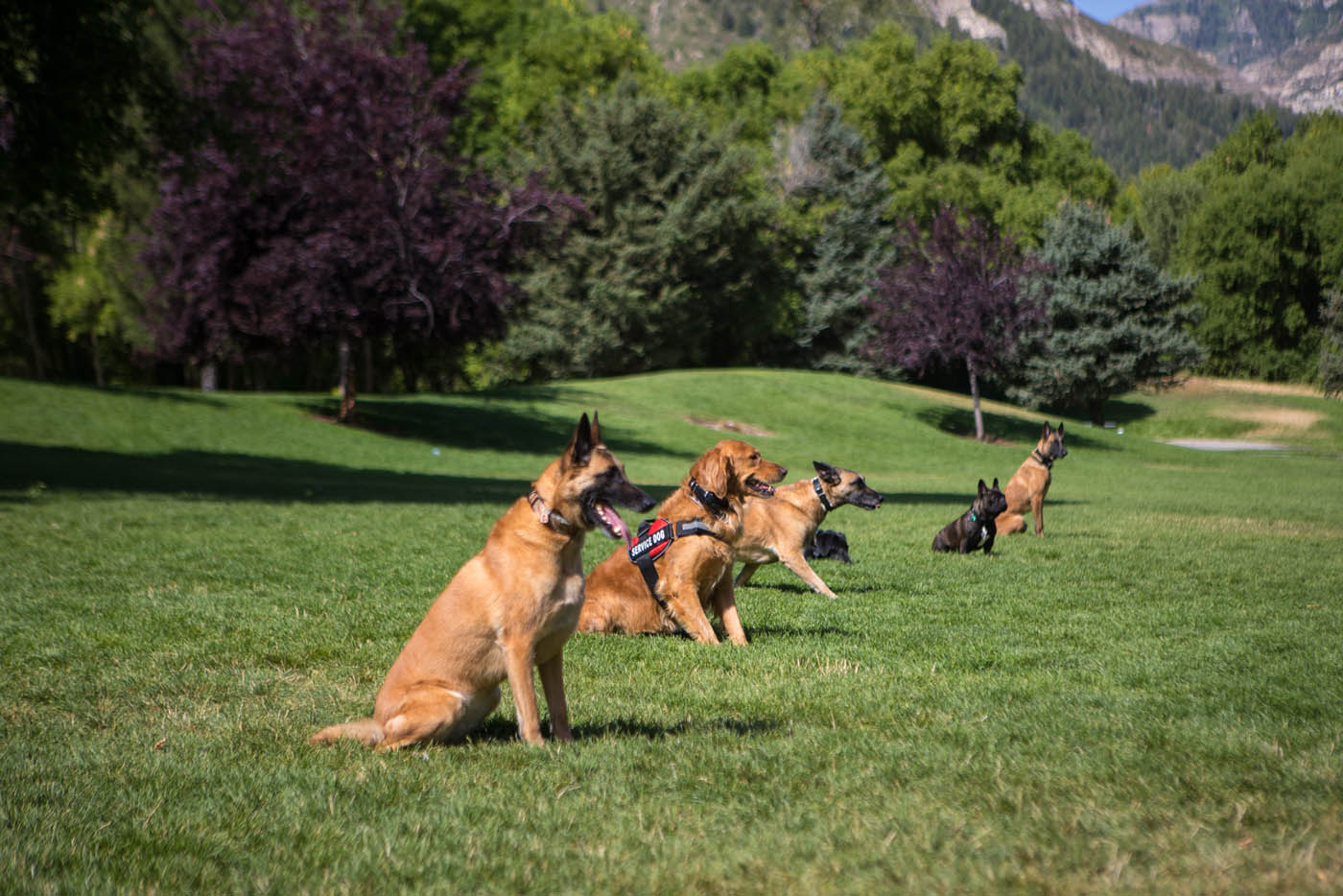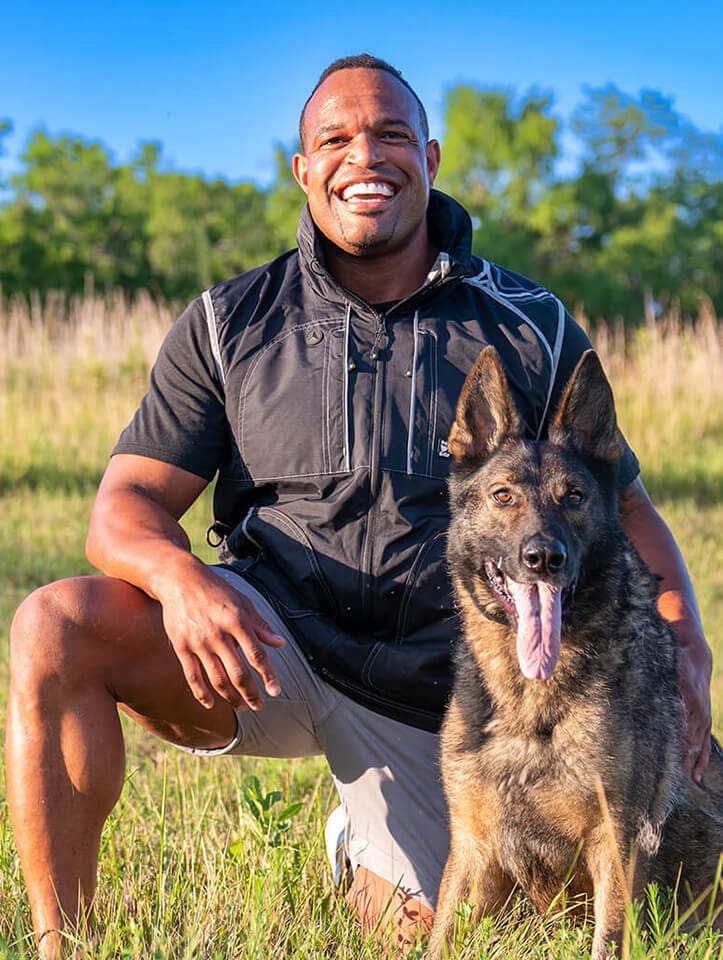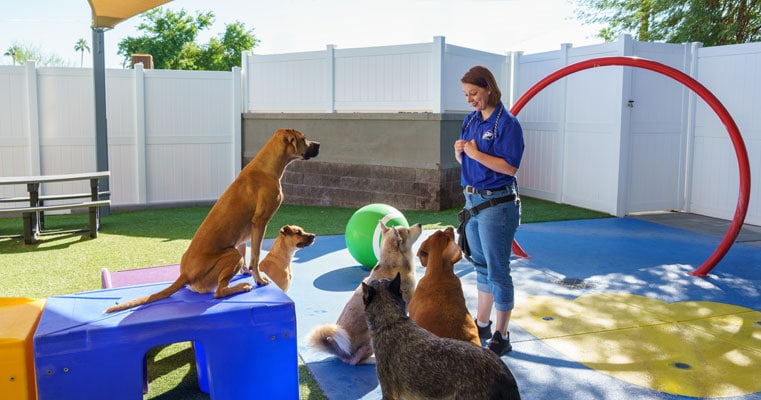The Ultimate Guide to Dog Training: Tips for Every Stage of Your Dog’s Life
The Ultimate Guide to Dog Training: Tips for Every Stage of Your Dog’s Life
Blog Article
Leading Pet Training Techniques Every Owner Should Know

Positive Reinforcement Techniques
Making use of positive reinforcement strategies is essential for reliable pet training, as it promotes a trusting bond in between the canine and the trainer. This approach concentrates on gratifying desirable behaviors rather than punishing unwanted ones, producing an environment for discovering. Rewards can consist of treats, appreciation, or playtime, which motivate pet dogs to repeat the actions that make them these incentives.

Furthermore, this technique boosts the dog's interest for training sessions. They are more engaged and receptive when pet dogs connect training with positive experiences. Dog training. Beyond immediate therapy, favorable reinforcement encourages a collaborative partnership between the pet and fitness instructor, minimizing anxiousness and concern
To make best use of effectiveness, it is crucial to supply benefits promptly, making certain the dog links the behavior with the reinforcement. Essentially, positive reinforcement techniques not just produce better-trained canines yet also advertise a harmonious collaboration between canine and owner.
Remote Control Training Technique
The remote control training technique is an extremely effective method that builds on the principles of positive reinforcement by including a distinctive audio to mark wanted actions. This technique makes use of a little handheld gadget that generates a clicking sound, enabling instructors to interact with their canines in a prompt and clear fashion. When a pet dog performs a habits that the owner desires to urge, the clicker is turned on, complied with by a reward, normally in the kind of treats or appreciation.
The key to successful remote control training exists in uniformity and timing. It is important to click at the specific minute the preferred behavior occurs, making certain that the dog associates the sound with the activity and the subsequent reward. This technique not just improves communication yet additionally promotes a more powerful bond in between the canine and the owner, as it motivates engagement and interaction throughout training sessions.
Clicker training can be applied to a range of actions and commands, from standard obedience to extra intricate techniques. Its flexibility and performance make it a preferred technique amongst professional instructors and animal proprietors alike, leading the method for a receptive and trained canine buddy.
Chain Training Fundamentals
Effective leash training is crucial for guaranteeing a delightful and safe walking experience for both pet dogs and their proprietors. A flat collar may work for some pet dogs, while others may profit from a harness that reduces pulling.
Introduce your pet to the chain gradually, allowing them to discover it in a comfortable atmosphere. This includes satisfying your canine for walking close to you instead than drawing ahead.
If your pet starts to draw, quit walking promptly. Wait until they return to your side before returning to. This instructs them that pulling does not lead to progress. Furthermore, practice numerous strolling atmospheres to help your pet dog adapt to diversions.
Regular technique will certainly solidify your pet dog's understanding of leash rules. Bear in mind that leash training is an ongoing process; patience and uniformity will generate the finest outcomes, fostering a positive experience for both you and your canine companion.
Socializing Approaches
Socializing is a critical aspect of pet dog training that need to ideally begin throughout puppyhood however can be beneficial at any type of age. Effective socialization helps pets develop confidence and minimizes the chance of behavior problems. To implement effective socializing techniques, subject your dog to a Get More Information range of settings, people, and various other animals.
Begin with regulated setups, such as young puppy courses or arranged playgroups, where young dogs can engage safely. Slowly introduce your canine to brand-new experiences, consisting of different sounds, surface areas, and tasks. Guarantee these encounters are favorable and fulfilling to develop a feeling of protection.
For adult pet dogs or those doing not have direct exposure, start with low-stress scenarios. Short, favorable communications with tranquil pet dogs and pleasant human beings can create favorable organizations. Utilize treats and appreciation to reinforce preferable habits during these experiences.

Uniformity and Patience
Recognizing the importance of uniformity and patience in canine training is necessary for attaining enduring results. Inconsistent training can lead to complication, making it hard for the dog to comprehend habits or commands, inevitably preventing progression.
In addition, patience is a vital part of reliable training. Canines, like human why not try these out beings, discover at their own speed. Some might understand principles rapidly, while others may take much longer. It is vital for owners to stay supportive and tranquil, reinforcing positive behavior without turning to stress or penalty. This fosters a trusting relationship between the canine and owner, motivating a much more enthusiastic and willing learner.
To grow uniformity and persistence, establish a routine training routine, use the same commands, and ensure that all member of the family use the same training principles - Dog training. By doing so, you develop a secure setting for discovering, enabling your pet dog to develop and thrive right into about his a mannerly buddy
Final Thought
To conclude, reliable dog training strategies, such as favorable support, remote control training, and correct leash training, are vital for promoting a healthy owner-dog partnership. Furthermore, carrying out socialization strategies and keeping uniformity and patience throughout the training procedure contributes considerably to a pet's overall health. By incorporating these techniques, canine owners can assist in the advancement of well-adjusted, loyal pets, inevitably improving the high quality of life for both the canine and the proprietor.
Among the most noticeable techniques are favorable reinforcement, remote control training, and leash training, each offering special benefits that contribute to a mannerly canine. As we discover these fundamental approaches, it becomes noticeable that mastering their subtleties can considerably influence the training experience and the canine's total behavior.Using favorable reinforcement techniques is vital for reliable canine training, as it promotes a relying on bond between the fitness instructor and the pet dog.In final thought, reliable dog training techniques, such as positive support, remote control training, and proper leash training, are crucial for fostering a healthy owner-dog partnership. By incorporating these methods, canine proprietors can promote the growth of well-adjusted, obedient pets, ultimately improving the quality of life for both the dog and the owner.
Report this page